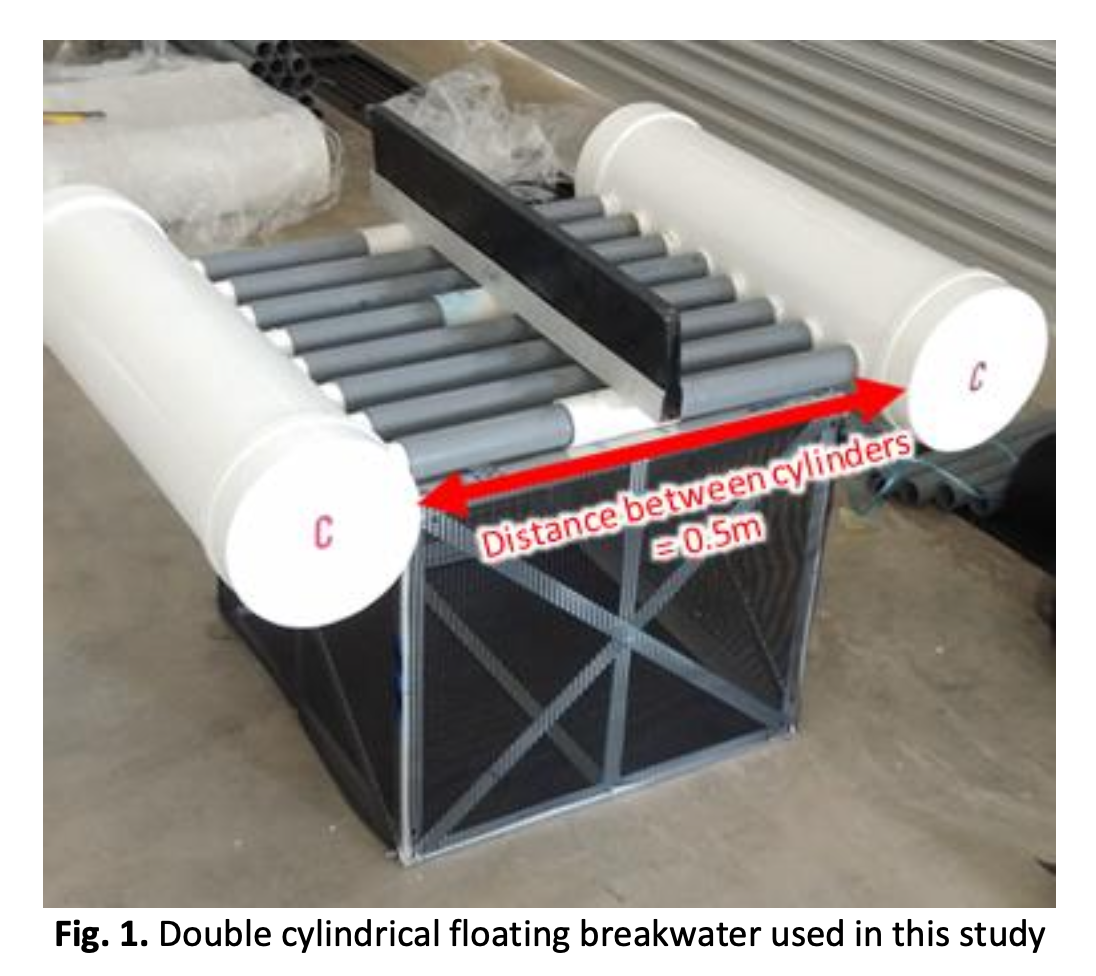Experimental Study on Wave Transmission Coefficient of Double Cylindrical Floating Breakwater in a Wave Basin
DOI:
https://doi.org/10.37934/arfmts.112.2.3342Keywords:
Floating structure, coastal protection, wave attenuation, wave transmission coefficient, coastal erosionAbstract
Floating breakwater is a better alternative than the conventional method. It is an effective coastal engineering unit used to protect coastal regions such as harbours and marinas from erosive waves. It has many other applications such as offshore renewable energy generation, infrastructure preservation, temporary structure, and provides a controlled environment for aquaculture activities. The floating breakwater such as the double cylindrical floating breakwater (DCFB) is claimed to have effective wave attenuation characteristics. A lab scale investigation was done by placing the DCFB in a controlled wave basin in with wave generator to generate wave and wave gauge to quantify the wave transmission coefficient. The wave transmission coefficient represents the effectiveness of the breakwater system in attenuating incoming waves, where an effective breakwater system will result in a low transmission coefficient value. In this study, the DCFB’s effectiveness in terms of wave transmission coefficient was investigated with two different configurations where the spacing between the cylinders of the DCFB units are 0.2 m and 0.6 m respectively. Results show that the configuration of DCFB units with 0.5 m cylinder spacing are more effective in absorbing incoming wave height resulting in lower transmission coefficient. Furthermore, some prospective areas had been identified for future enhancement.
Downloads

































